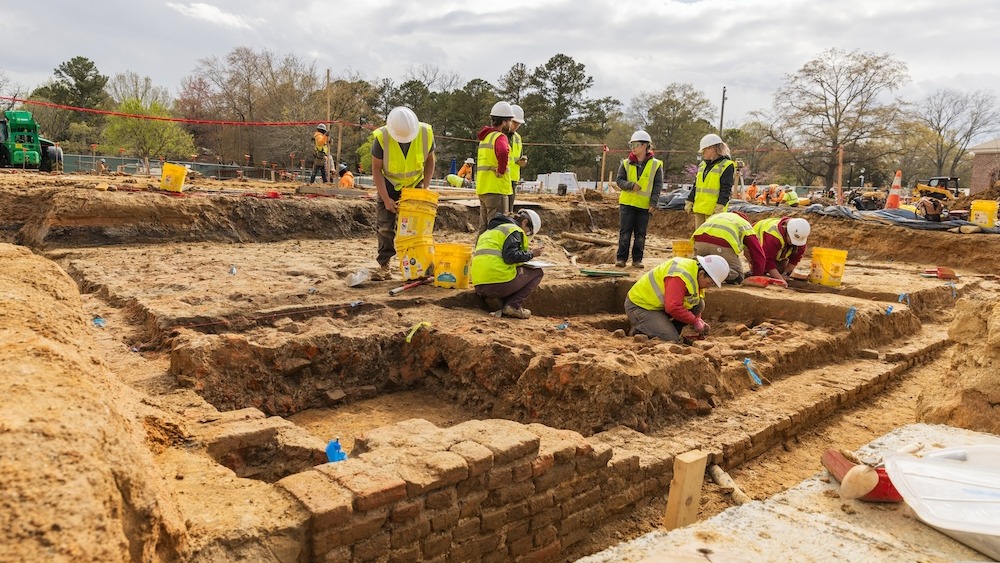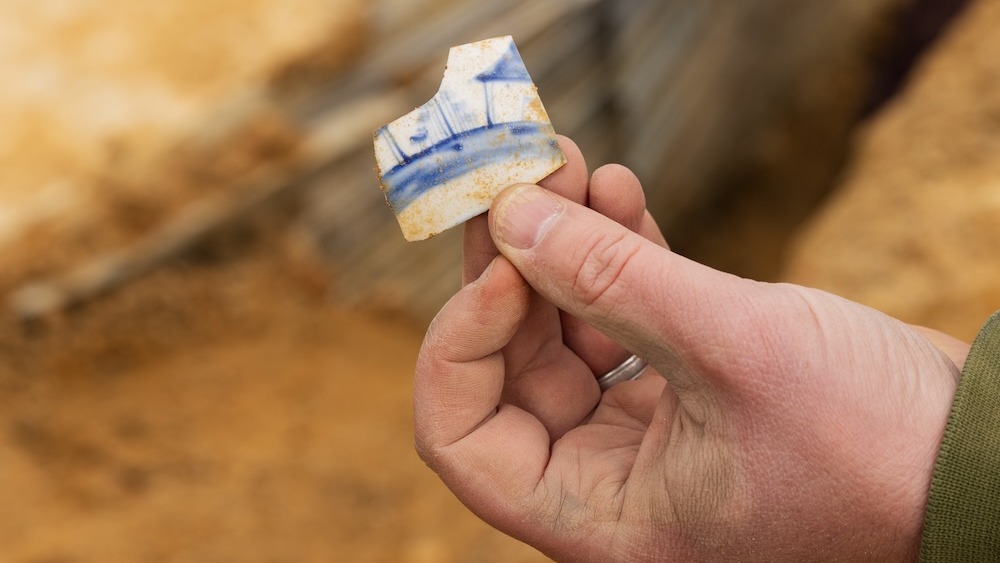
Archaeologists unexpectedly unearthed the remnants of a 17th-century home's foundation while doing excavation work in Virginia.
The site, which is located on the grounds of Colonial Williamsburg, was one of the first settlements of the original colonists who came to the New World from Europe, according to a statement from Colonial Williamsburg.
Researchers estimate that the home was built as early as 1660, making it the oldest known Colonial structure in the region.
"This is wild for us to have found something like this," Jack Gary, executive director of archaeology at Colonial Williamsburg, said in a video announcing the discovery.
In addition to the home's foundation and cellar, archaeologists unearthed numerous artifacts and building materials from when the house was still standing.
Related: Revolutionary War barracks burned by the British discovered in Colonial Williamsburg
"A lot of the materials are what an affluent household would have had," Gary said. "We're finding things like plaster from the walls, leaded casement windows and high-end ceramics. And we just found the handle of a silver teaspoon, which is just wild."
The artifacts are "really significant," since they "tell the story of what life was like [back then]," Gary added.

Once excavations are completed, the space above the excavation site will be home to a new archaeology center that is scheduled to open in 2026 and will house the world's largest collection of artifacts from the 17th to 19th centuries of Colonial America, according to a statement from Colonial Williamsburg.
"We're going to cover over most of [the site] and preserve the majority of it underneath the building, but we have the great opportunity to showcase it with a glass floor building [over] one of the sections of the foundation," Gary said. "Our visitors will literally be able to stand on top of history and look down on it and it will remind them that wherever they go in Williamsburg, there's history underneath their feet."







